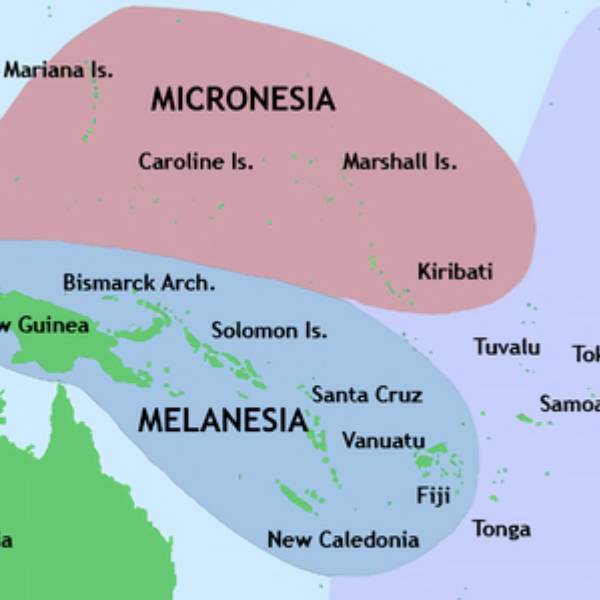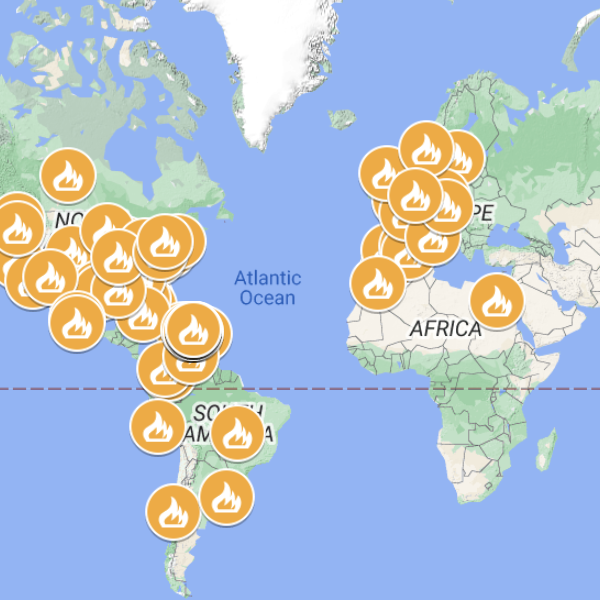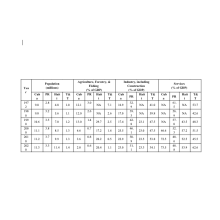Contemporary (1950 CE - Present)

Te Paranihi, or Maori War Canoe
Te Paranihi is a 17-meter (55 feet) war canoe, or waka taua, from the Maori culture indigenous to New Zealand.

Pacific Culture Areas Map
This map illustrates the three dominant cultures in Oceania, Micronesia, Melanesia, and Polynesia, and which islands occupy each region. This map successfully highlights the number of island nations/cultures and the overall size of Oceania.
Polynesian Oral Traditions
This collection compiled by Rawiri Taonui, a professor of Indigenous Studies, includes creation myths and stories about gods, the origin of humanity, and cultural heroes for several Polynesian cultures, such as Hawaii, Samoa, Tonga, Tahiti, and numerous others.

Map with Many of the Protests in Puerto Rico and the World 2019
An event in Puerto Rico that captured world attention and motivated the interest of many Puerto Ricans in the diaspora to participate was the Summer of 2019 movement.

Economic Diplomacy in the Caribbean Since the Second World War
Economic affairs are an essential part of world history and, even more so, in contemporary times after World War II, when globalization processes with higher levels of interdependency and proximity among individuals and countries are increasingly observed.

One Voice SOMOS Live! A Concert for Disaster Relief
Several Caribbean public figures (Puerto Rican artists Jennifer López and Marc Anthony and baseball player Alex Rodríguez) served as ambassadors of the Greater Caribbean before the world, to raise funds to address the immed

Solidarity Expressions from the Puerto Rican Diaspora
An event in Puerto Rico that captured world attention and motivated the interest of many Puerto Ricans in the diaspora to participate was the Summer of 2019 movement.

OECS Treaty Publication Fragments
The OECS published in 1988 a booklet explaining the treaty that founded it (OECS 1988). A fragment is included in the photos here.
Transcript of the Treaty of Basseterre of 1981
To capture the diplomatic side of Caribbean economic history from the point of view of the governments, official documents describing economic policies, joint strategies, and related decision-making processes in the Caribbean

Popular World Development Indicators for Four Caribbean Countries
Raw numerical data may be pursued to track historical behavior through socioeconomic and demographic indicators.